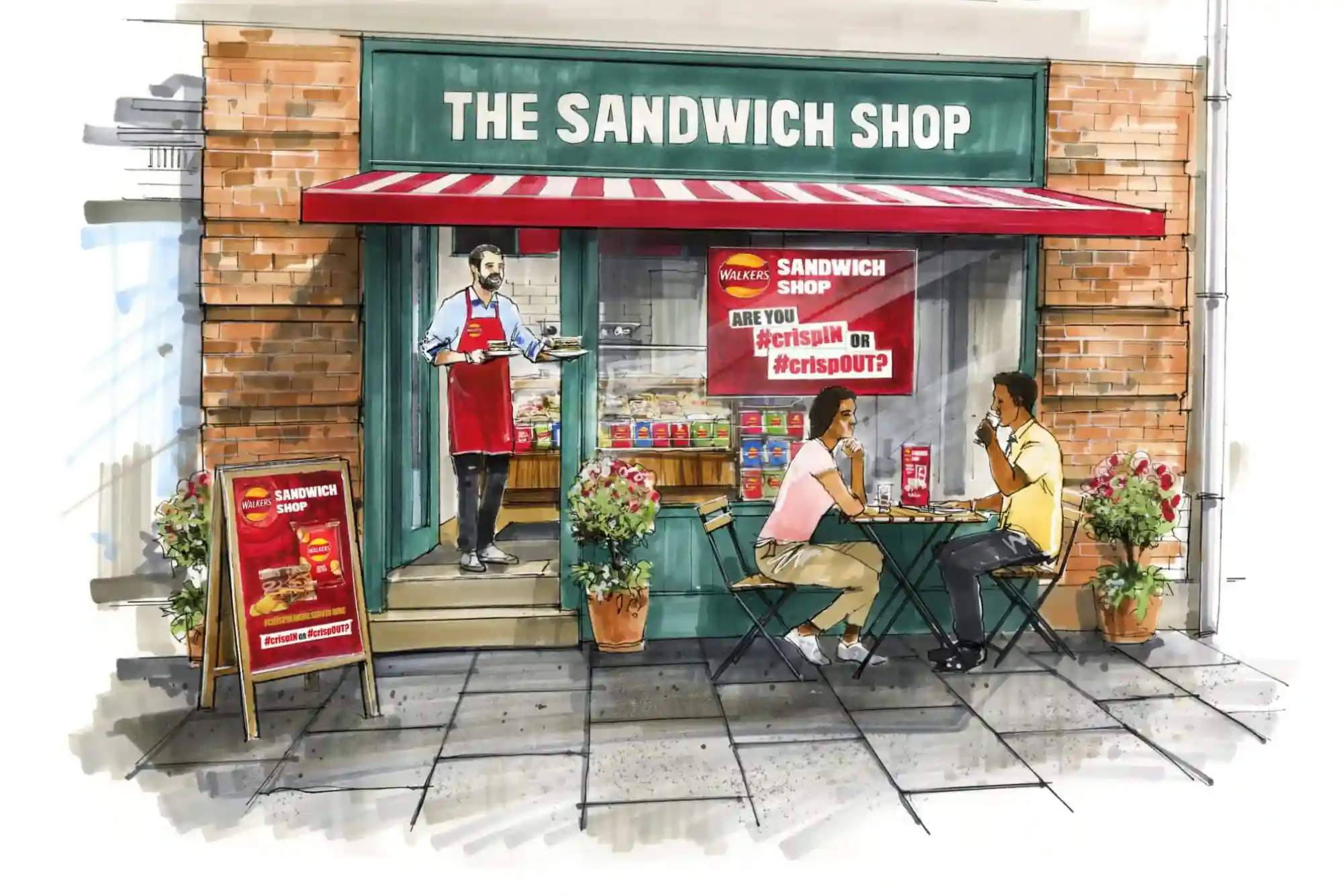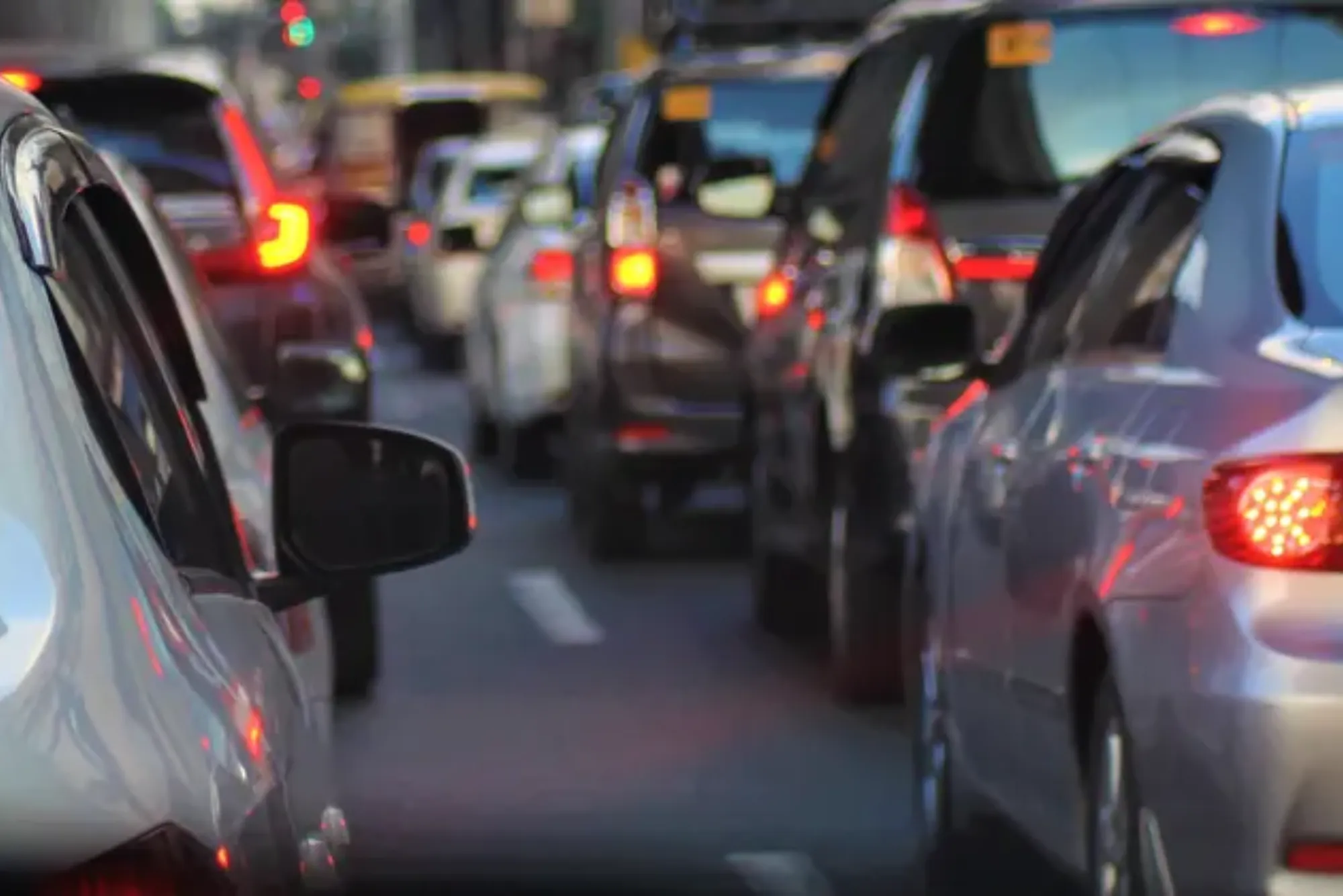Introduction
Walking-friendly cities are becoming more popular than ever. Travelers and locals alike search for convenient places where they can explore, shop, and enjoy the surroundings without worrying about parking, traffic, or long commutes. This growing interest makes “stores and streets you can reach on foot” an important keyword for anyone looking to plan a smooth, accessible day out. When an area is walkable, it offers comfort, safety, and a more enjoyable shopping experience.
This guide explores how walkable shopping streets work, the types of stores you can easily reach on foot, and how to make the most of compact, pedestrian-friendly destinations. Whether you are exploring a new city or optimizing your own neighbourhood, this article will help you understand how to navigate walkable streets with ease.
Why Walkable Streets Matter
Walkable shopping districts offer more than convenience. They create a sense of community, support local businesses, and encourage healthier lifestyles. Many people choose walkable areas because they reduce the stress linked with driving, parking, and congestion. A street with good sidewalks, shade, clear signage, and safe crossings instantly makes your journey more pleasant.
Walkable areas also offer economic benefits. Stores located in these zones often perform better because foot traffic brings steady customers. Meanwhile, visitors enjoy the freedom to explore at their own pace, often discovering new cafés, boutiques, or markets along their route.
How to Identify Stores and Streets You Can Reach on Foot
Identifying walkable areas may seem simple, but many people overlook key features. The presence of sidewalks alone does not guarantee a comfortable walking experience. Instead, think about connectivity, store variety, safety, and street design. Before planning your trip, pay attention to the following characteristics of walkable places.
Defined Paths and Good Sidewalks
Smooth pavement, wide sidewalks, and clear pedestrian walkways create an ideal walking environment. A street becomes much more inviting when you can walk without dodging obstacles or uneven surfaces. Good sidewalks also allow people with strollers, wheelchairs, or bags to navigate easily.
Clustered Stores Within Short Distances
One hallmark of walkable streets is proximity. When stores sit close together, you can move from one shop to another without long gaps. Shopping clusters often include cafés, pharmacies, bookstores, grocery shops, and lifestyle boutiques all within a few minutes of each other.
Safe Crossings and Pedestrian Signals
Safety plays a major role in walkability. Pedestrian signals, zebra crossings, traffic-calming designs, and visible signage encourage smoother movement. When crossings feel safe, visitors spend more time exploring instead of rushing through.
Public Seating and Shaded Areas
Walking becomes even more pleasant when you can stop to rest. Streets with benches, trees, or shaded corners make the journey more comfortable, especially in hot or busy destinations. These small features also support elderly visitors and families.
Popular Types of Stores You Can Reach on Foot
Walkable areas often follow predictable patterns. They feature a balanced mix of essential stores and leisurely shopping spots. This combination allows you to accomplish errands and enjoy browsing in one trip.
Convenience Stores and Grocers
Most walkable neighbourhoods place essential shops front and center. Small grocers, convenience stores, and local markets tend to appear every few blocks. People rely on these shops for quick snacks, daily groceries, and basic home items without requiring a car.
Fashion Boutiques and Lifestyle Shops
Walkable shopping streets often include independent boutiques, curated lifestyle stores, and clothing outlets. These shops attract visitors who want a relaxed browsing experience. Fashion stores in walkable zones usually display clear windows and inviting entrances that encourage exploration.
Cafés, Bakeries, and Street Food Spots
Food always creates foot traffic. Many walkable streets feature cozy cafés, artisanal bakeries, and quick snack stands. When these eateries sit close to clothing shops or bookstores, the entire area becomes more vibrant and appealing.
Pharmacies and Beauty Stores
Essential wellness stores, including pharmacies and beauty shops, are often placesd on highly walkable streets. Their convenient location allows people to stop by for medicine, skincare, or toiletries during their regular walking route.
Local Markets and Pop-Up Stalls
Some walkable streets host weekend markets, art fairs, or seasonal pop-up stalls. These events bring fresh energy to the district and encourage people to explore more. Markets often include fresh produce, handmade crafts, and specialty foods.
Benefits of Choosing Stores and Streets You Can Reach on Foot
Choosing walkable shopping areas brings many advantages, from saving money to reducing stress. People gravitate toward pedestrian-friendly zones for the following reasons.
Less Transportation Stress
Walking eliminates the need for parking or navigating traffic. You simply start your journey, enjoy the environment, and reach your destination at your own pace. This simplicity makes walkable streets ideal for everyday errands or weekend outings.
Healthier Lifestyle
Walking regularly improves overall fitness, reduces stress, and increases energy levels. Shopping on foot transforms errands into light exercise, helping you stay active without scheduling extra workouts.
More Serendipitous Discoveries
Unlike driving, walking encourages exploration. You may discover a new bakery, a plant shop, or a hidden bookstore you would have missed from the car. Walkable areas invite curiosity, making each trip more enjoyable.
Supports Small Businesses
Foot traffic often boosts local businesses because visitors are more willing to stop, browse, and purchase. Walkable zones help independent shops thrive, creating a more diverse shopping environment.
How to Plan a Day Around Walkable Streets
Planning your visit helps you enjoy walkable areas more effectively. A thoughtful route ensures you avoid unnecessary detours and get the most out of your experience.
Start with a Central Point
Choose a recognizable starting spot like a station, landmark, or main intersection. From there, identify clusters of shops that sit within walking distance. This approach helps you cover the area efficiently.
Check Store Hours in Advance
Walkable streets often include a mix of early-opening cafés and late-night eateries. To avoid disappointment, review store hours before starting your trip. Some boutiques or specialty stores may open later in the morning.
Wear Comfortable Clothing and Shoes
Because you’ll be exploring stores and streets on foot, choose supportive shoes and breathable clothing. Comfort enhances your shopping experience and allows you to enjoy longer walks.
Bring Only What You Need
Walking with heavy bags slows you down. Carry just the essentials or bring a lightweight bag that distributes weight evenly. If you expect to shop a lot, consider a foldable tote.
Take Breaks Along the Way
Walkable streets often offer shaded benches or open seating areas. Take small breaks to enjoy the local atmosphere. These pauses help you recharge and observe the rhythm of the street.
Explore Stores and Streets You Can Reach on Foot
Walkable streets offer an enjoyable way to shop, explore, and interact with your community. These areas provide convenience, comfort, and countless opportunities to experience new stores and hidden gems. By choosing stores and streets you can reach on foot, you embrace a healthier lifestyle and support local businesses in the process.
FAQs
What makes a street walkable for shopping?
A street becomes walkable when it offers safe sidewalks, frequent crossings, accessible stores, and a comfortable environment for pedestrians. Clusters of shops and clear signage also enhance walkability.
How far is considered walkable for most people?
Most people consider 5 to 15 minutes walkable. This distance feels comfortable for errands, casual shopping, or exploring streets without feeling too far.
Why should I choose walkable areas instead of malls?
Walkable areas offer variety, fresh air, and a more authentic local atmosphere. They encourage exploration, support small businesses, and provide a relaxed pace that malls often lack.
Are walkable streets safe at night?
Safety depends on lighting, public presence, and local conditions. Well-lit streets with active cafés and restaurants tend to feel safer. Always stay aware of your surroundings.
How do walkable areas affect real estate?
Walkability often increases property value. Homes near walkable streets attract buyers who want convenience and easy access to daily necessities.



























